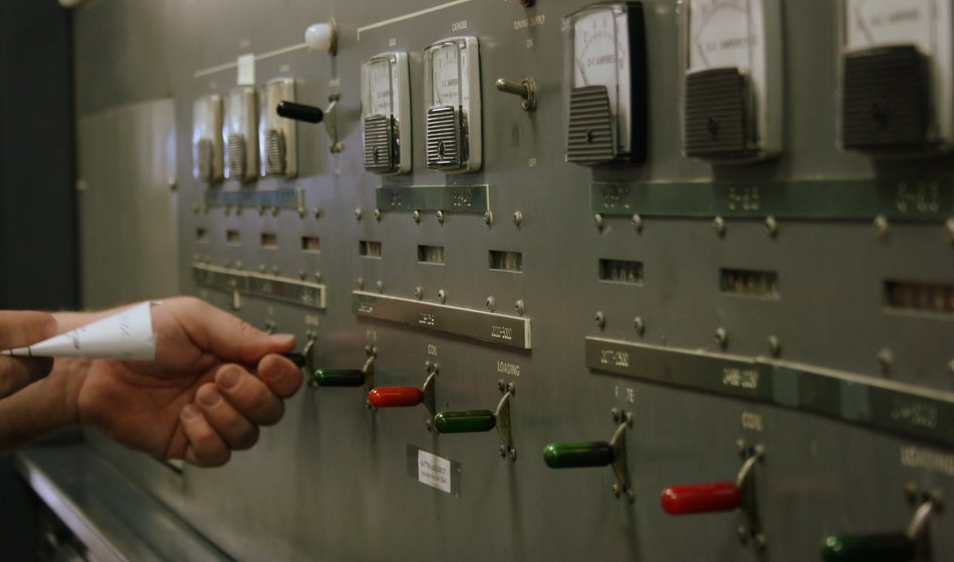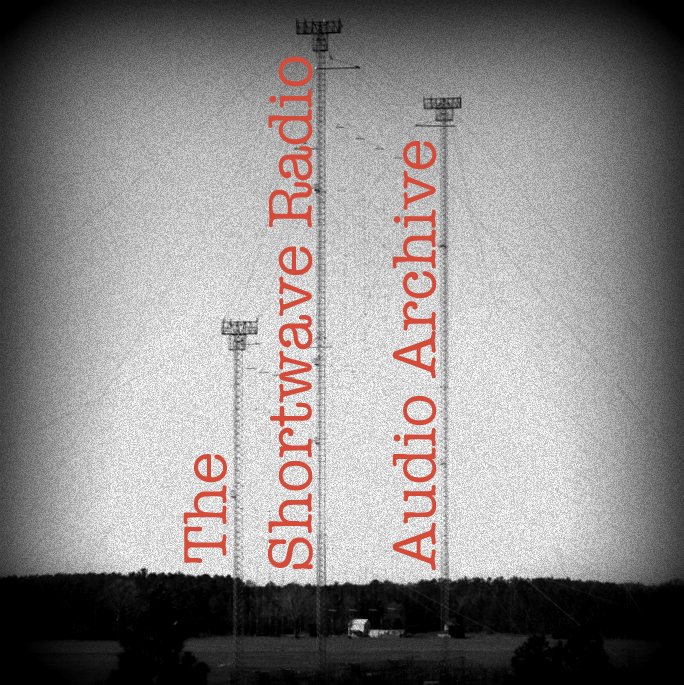Live off-air four-hour recording of the clandestine station Radio Sana'a* on 22 January 2016 beginning at 13:30 UTC on a shortwave frequency of 11860 kHz. Programming consists of talk in Arabic and music. Vocal pieces are typically accompanied by instruments including drums. The tune "Breath and Life" by audiomachine is frequently used during the music segments. The call (adhan) to sunset (Maghrib = west) prayer starts at about 14:54 UTC. There is a news report starting at about 16:00 UTC for 7 or 8 minutes read by a woman. And there is a possible station identification at about 16:37 UTC.
The identity of the transmitter(s) used by Radio Sana'a has not been positively established.
The broadcast was received by the Web-interface wideband software-defined radio at the University of Twente in Enschede, The Netherlands, with a "Mini-Whip" antenna in USB mode with 2.49 kHz RF filtering to avoid initial interference from Radio Romania International on 11855 kHz. Reception quality varied during the four hours. Between 14:30 and 16:30 UTC, there was co-channel interference from the Voice of America's Radio Ashna Afghanistan service. At times, Radio Sana'a is difficult to hear due to the interference. The recording ends just before Adventist World Radio begins transmitting on the frequency, overpowering Radio Sana'a.
* Added 9 March 2016: The station apparently has not used this identity on air. It has announced itself in Arabic as "Yemen Channel, the channel of all Yemenis." It is also referred to by the shortwave listening community as Republic of Yemen Radio.















